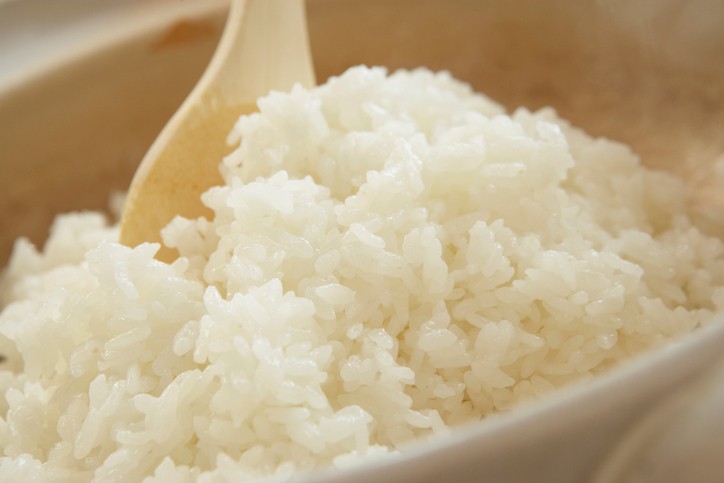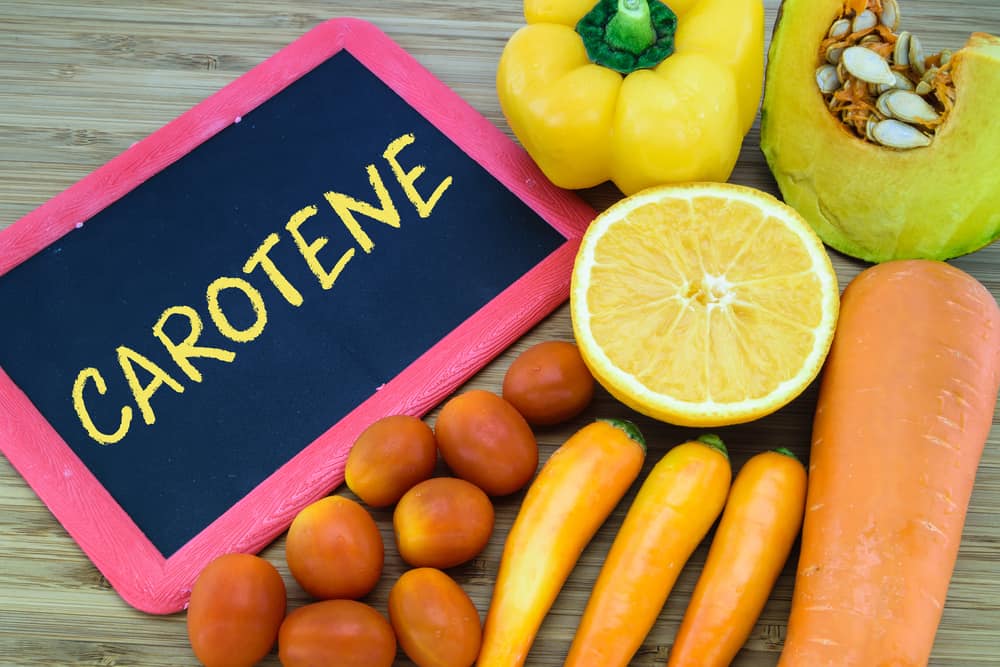Contents:
- Medical Video: Insidermedicine In Depth - June 14, 2010 - Brown vs. White Rice
- Rules for eating rice for diabetics
- 1. Amount is key
- 2. Don't forget to add lots of vegetables to your plate
- 3. Complete your plate with a source of protein and fat
- 4. Choose brown rice
Medical Video: Insidermedicine In Depth - June 14, 2010 - Brown vs. White Rice
Rice may be considered the main enemy (besides sugar) for people with diabetes. The high carbohydrate (sugar) content in rice makes diabetics afraid to eat rice. However, that does not mean that people with diabetes are prohibited from eating rice. Eating rice for diabetics is fine, but you have to know how to keep your blood sugar from jumping. How to?
Rules for eating rice for diabetics
Rice is a staple food for Indonesians. In fact, most Indonesians feel they have not eaten or are not full if they have not eaten rice. This has become a habit. Not surprisingly, many Indonesians suffer from type 2 diabetes mellitus. However, if you suffer from this disease, it does not mean you should avoid rice. This may be difficult for those of you who are used to eating rice. You can eat rice, but note the rules like the following.
1. Amount is key
Yes, the more rice you eat, the greater your blood sugar levels can be. Rice contains high carbohydrates and most of you are accustomed to eating large amounts of rice per meal. This habit can certainly worsen your blood sugar levels. Research published by the British Medical Journal shows that people who consume high amounts of white rice have a greater risk of developing type 2 diabetes mellitus.
For that, try to trim your portion of rice little by little. This exercise is to familiarize yourself not to depend on rice. Get used to eating rice only as much as 45-60 grams (about half a glass) per one meal. This may be a number that is common to many people. To find out the right amount for yourself, you should consult this with your doctor and nutritionist.
2. Don't forget to add lots of vegetables to your plate
Vegetables contain lots of fiber that can make you full longer and can also help control your blood sugar. Rice contains a high glycemic index so you can quickly increase your blood sugar levels. So, rice must be balanced with vegetables that have a low glycemic index. The combination of the two allows the body to better control blood sugar levels.
Try to eat more vegetables than rice. Besides vegetables, other food sources that contain lots of fiber are nuts. You are advised to meet your daily fiber needs of 25 grams per day.
3. Complete your plate with a source of protein and fat
Food sources that contain protein and fat can also make you fuller. That way, you don't want to add your rice anymore. Every time you eat, try more vegetables and side dishes than rice. Combinations like this can help the body slow the impact of rice on blood sugar levels.
However, try to choose a source of lean protein. Choose healthy fats, such as unsaturated fats in olive oil and canola oil. Both types of oil can help you reduce your risk of heart disease.
4. Choose brown rice
Brown rice contains less carbohydrates or sugar and a lower glycemic index. This is because brown rice has less processing than white rice. In addition, brown rice also contains more fiber than white rice.
More fiber content helps the body to slow down the carbohydrate breakdown process. So, after you eat brown rice, your blood sugar does not immediately rise. Therefore, brown rice is a healthier choice for those of you with diabetes, and also for everyone.












